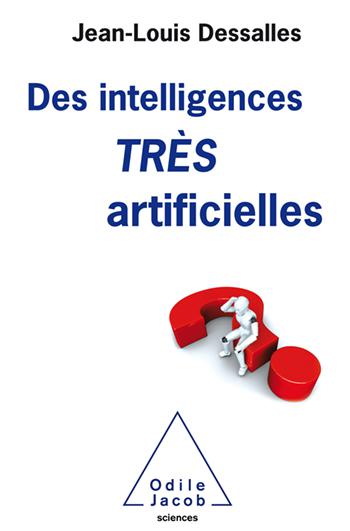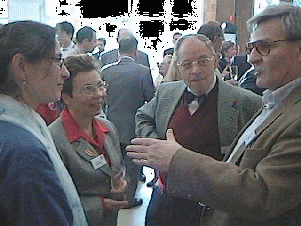Jean-louis Dessalles - Publications
[See all papers]
- [Representative Papers]
- [Talks]
See also Books:



Conversational behavior can take two main forms:
This behavior may represent 30% of conversational time.
This behavior may represent 60% of conversational time. |
![]()